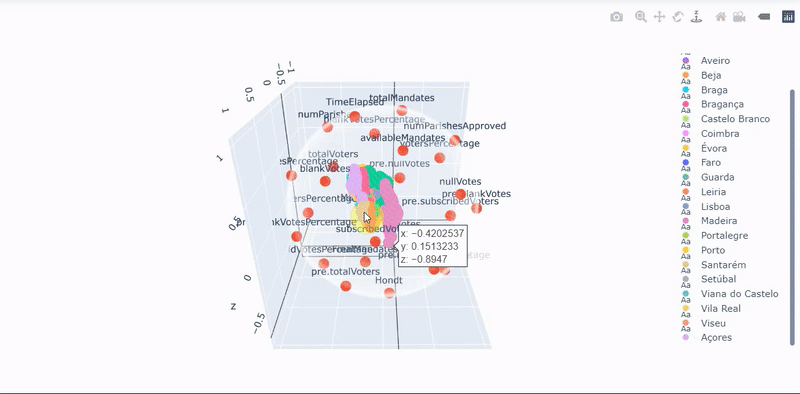Data Visualization
79 papers with code • 0 benchmarks • 2 datasets
Benchmarks
These leaderboards are used to track progress in Data Visualization
Most implemented papers
Adversarial Autoencoders
In this paper, we propose the "adversarial autoencoder" (AAE), which is a probabilistic autoencoder that uses the recently proposed generative adversarial networks (GAN) to perform variational inference by matching the aggregated posterior of the hidden code vector of the autoencoder with an arbitrary prior distribution.
ShapeNet: An Information-Rich 3D Model Repository
We present ShapeNet: a richly-annotated, large-scale repository of shapes represented by 3D CAD models of objects.
A high-bias, low-variance introduction to Machine Learning for physicists
The purpose of this review is to provide an introduction to the core concepts and tools of machine learning in a manner easily understood and intuitive to physicists.
Geometry- and Accuracy-Preserving Random Forest Proximities
Random forests are considered one of the best out-of-the-box classification and regression algorithms due to their high level of predictive performance with relatively little tuning.
Data2Vis: Automatic Generation of Data Visualizations Using Sequence to Sequence Recurrent Neural Networks
Rapidly creating effective visualizations using expressive grammars is challenging for users who have limited time and limited skills in statistics and data visualization.
Kernelized Synaptic Weight Matrices
In this paper we introduce a novel neural network architecture, in which weight matrices are re-parametrized in terms of low-dimensional vectors, interacting through kernel functions.
Torchbearer: A Model Fitting Library for PyTorch
We introduce torchbearer, a model fitting library for pytorch aimed at researchers working on deep learning or differentiable programming.
Understanding How Dimension Reduction Tools Work: An Empirical Approach to Deciphering t-SNE, UMAP, TriMAP, and PaCMAP for Data Visualization
In this work, our main goal is to understand what aspects of DR methods are important for preserving both local and global structure: it is difficult to design a better method without a true understanding of the choices we make in our algorithms and their empirical impact on the lower-dimensional embeddings they produce.
Detectron2 Object Detection & Manipulating Images using Cartoonization
In today's world, there is a rapid increase in the autonomous vehicle.
Deep PCB To COCO Convertor
It has 1500 image pairs.

 MIMI dataset
MIMI dataset
 PJM(AEP)
PJM(AEP)

